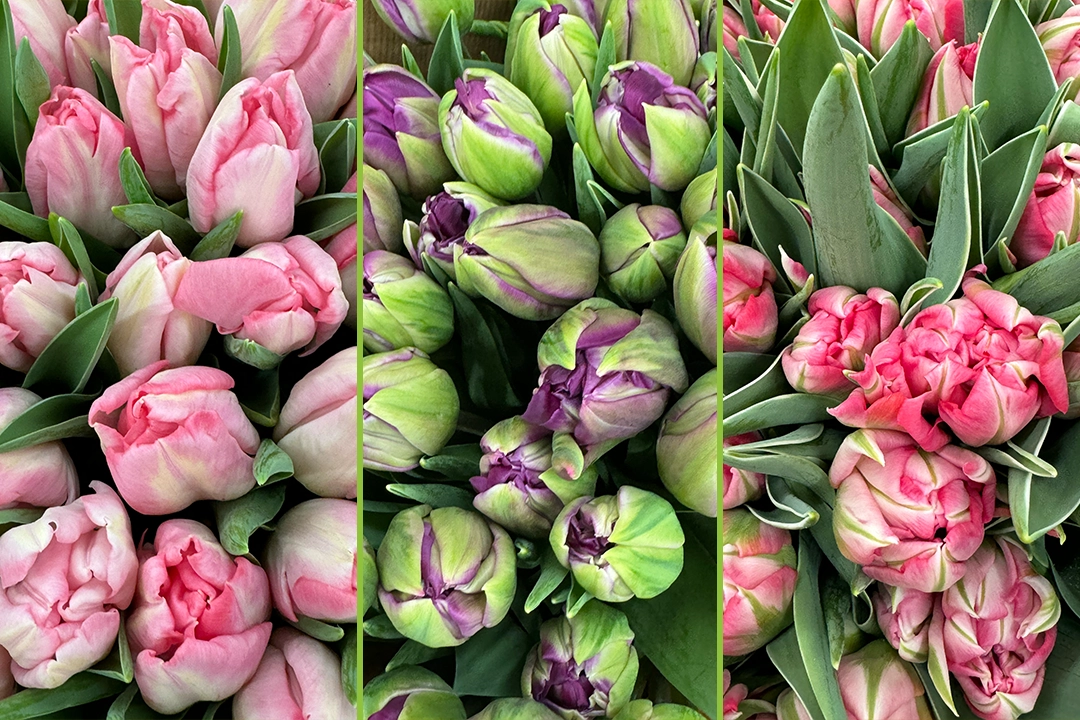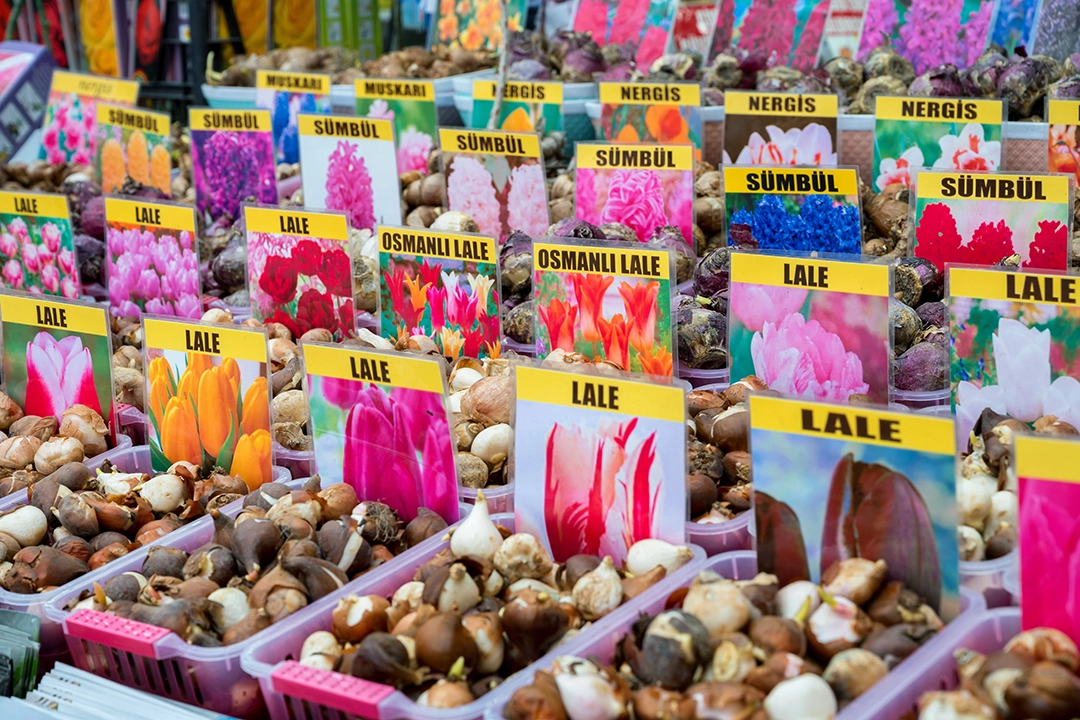

Tulips arrived in the Netherlands from the Ottoman Empire in 1593. At first, they attracted little attention from the general public. Everything changed at the beginning of the 17th century, when brightly colored tulip varieties began appearing on the market, instantly sparking widespread interest. At the same time, their supply was limited, which led to a steady increase in price.
You might wonder how the Dutch managed to cultivate these new varieties. They didn’t. It was later discovered that the striking colors weren’t the result of human skill, but of a mosaic virus that infected the plants and altered the color of their petals. Bizarre, isn’t it?

To help you imagine the explosive rise in tulip popularity, let’s take a look at how their price increased over time.
During the same period, a townhouse in Amsterdam cost around 10,000 guilders — so yes, at their peak, tulips were truly a luxury commodity. Various sources claim that people were willing to sell their homes, farms, or even breweries for rare bulbs. It is said that in 1637, three tulip bulbs were traded for a brewery in Utrecht valued at 30,000 guilders.
However, it’s important to note that many stories about the Tulip Mania have never been confirmed. One of them tells of an unfortunate Dutch sailor who allegedly ate a tulip bulb by mistake, thinking it was an ordinary onion. The bulb was worth 3,000 guilders, and since a law at the time prohibited the destruction of tulip bulbs, the sailor ended up in prison.

Trading tulip bulbs wasn’t limited to official exchanges. Tulips were (and still are) a seasonal commodity, so traders had to create a system that allowed them to trade even before the bulbs were physically delivered.
Sellers and buyers would agree in advance on a price for a specific tulip variety and make contracts — either written or verbal. What’s interesting is that most participants weren’t actual growers or merchants, but speculators who expected prices to keep rising. In this way, people were trading the “future value” of tulips. Speculators bought bulbs that didn’t even exist yet.
These contracts often changed hands multiple times among speculators, pushing prices ever higher as each buyer expected to make an even greater profit. This system led to an extreme surge in prices. However, the legal side of such trading was problematic, as the contracts weren’t legally enforceable.

At the peak of Tulip Mania, in February 1637, people began to lose confidence in price stability, and speculation about further price increases reached a critical point. The entire Dutch economy ran into trouble, and no one was willing to pay for the overvalued tulips anymore.
As a result, bulb prices plummeted by as much as 95%, causing many traders to go bankrupt. It is said that even the famous Dutch painter Rembrandt van Rijn declared bankruptcy because of Tulip Mania, having sold his house to finance his tulip investments.
Although the story of Tulip Mania remains a legend, not all the information surrounding it appears to be true. British historian Anne Goldgar, author of Tulipmania: Money, Honor and Knowledge in the Dutch Golden Age, made some surprising discoveries. In her research, she found no evidence of even a single person going bankrupt solely because of tulips.
While examining Dutch archives, she identified only 37 individuals who spent more than 300 guilders on tulips. With few exceptions, the buyers were wealthy citizens who could afford such luxuries.
Nevertheless, Tulip Mania remains a historical phenomenon that also left its mark on culture. It inspired the novel Tulip Fever by author Deborah Moggach, which was later adapted into a film in 2017, directed by Justin Chadwick.
Even though Tulip Mania wasn’t as destructive as some like to claim, its legacy endures. This story shows how easily we can be driven by emotion and the desire for quick profit. Bubbles similar to the tulip one can still appear today — as seen in recurring cryptocurrency speculation or modern phenomena like Labubu.
While Tulip Mania showed how easily getting rich from flowers can lead to a downfall, at St. Gabriel we focus on stability and long-term partnerships. Join us and gain access to a wide range of high-quality plants that will never depend on any kind of bubble.
